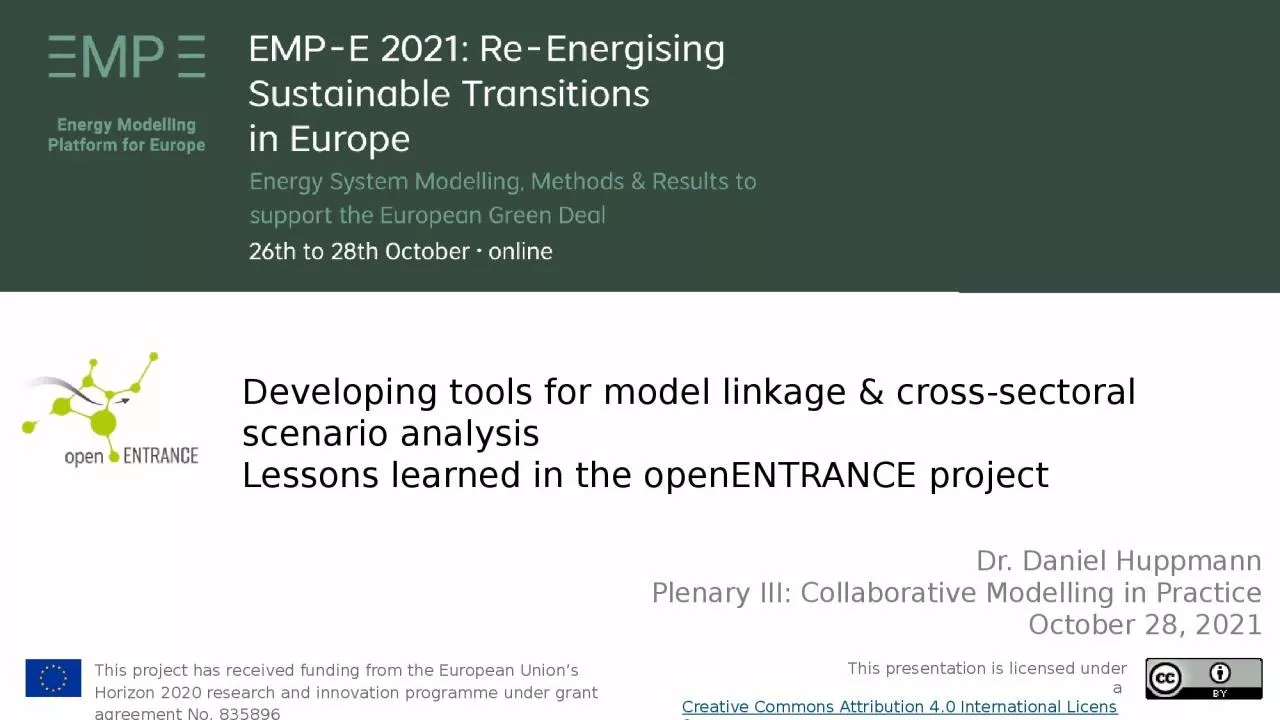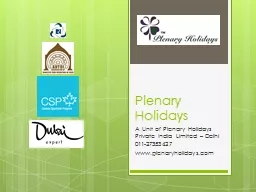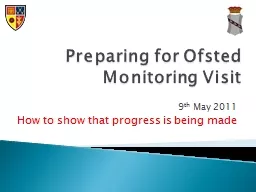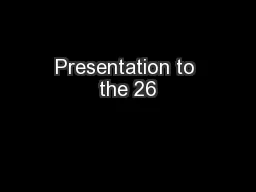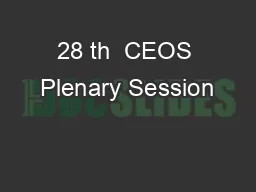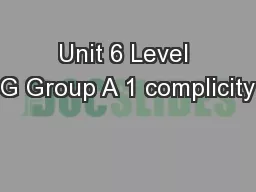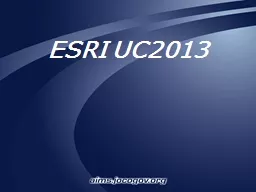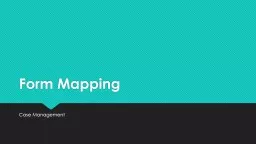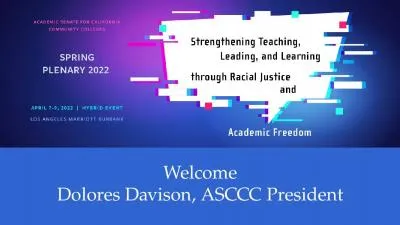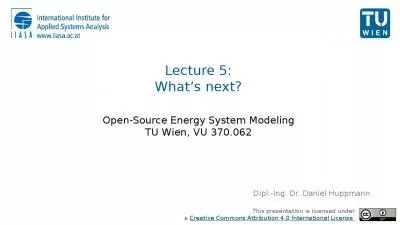PPT-Dr. Daniel Huppmann Plenary
Author : evelyn | Published Date : 2023-12-30
III Collaborative Modelling in Practice October 28 2021 Developing tools for model linkage amp crosssectoral scenario analysis Lessons learned in the
Presentation Embed Code
Download Presentation
Download Presentation The PPT/PDF document "Dr. Daniel Huppmann Plenary" is the property of its rightful owner. Permission is granted to download and print the materials on this website for personal, non-commercial use only, and to display it on your personal computer provided you do not modify the materials and that you retain all copyright notices contained in the materials. By downloading content from our website, you accept the terms of this agreement.
Dr. Daniel Huppmann Plenary: Transcript
Download Rules Of Document
"Dr. Daniel Huppmann Plenary"The content belongs to its owner. You may download and print it for personal use, without modification, and keep all copyright notices. By downloading, you agree to these terms.
Related Documents

